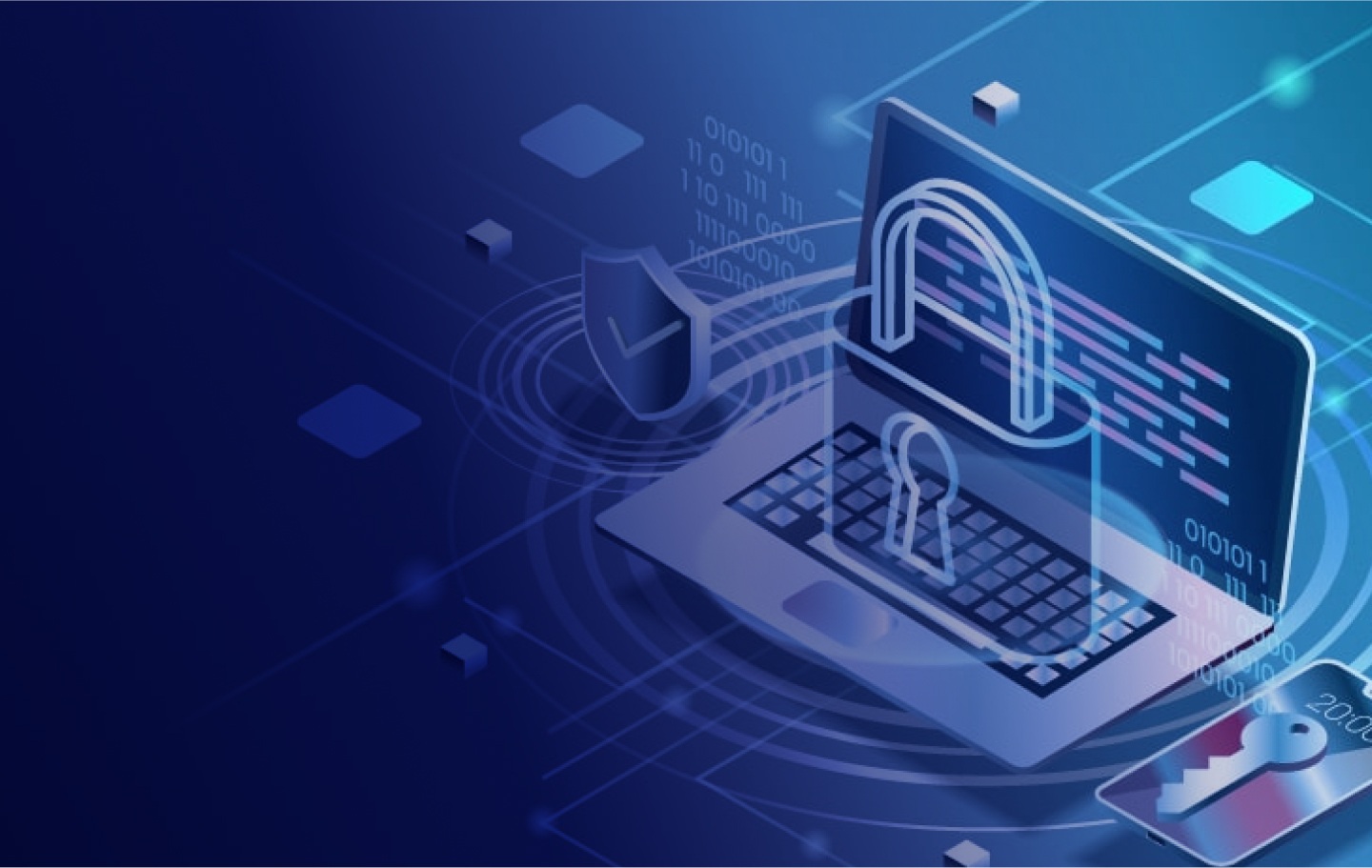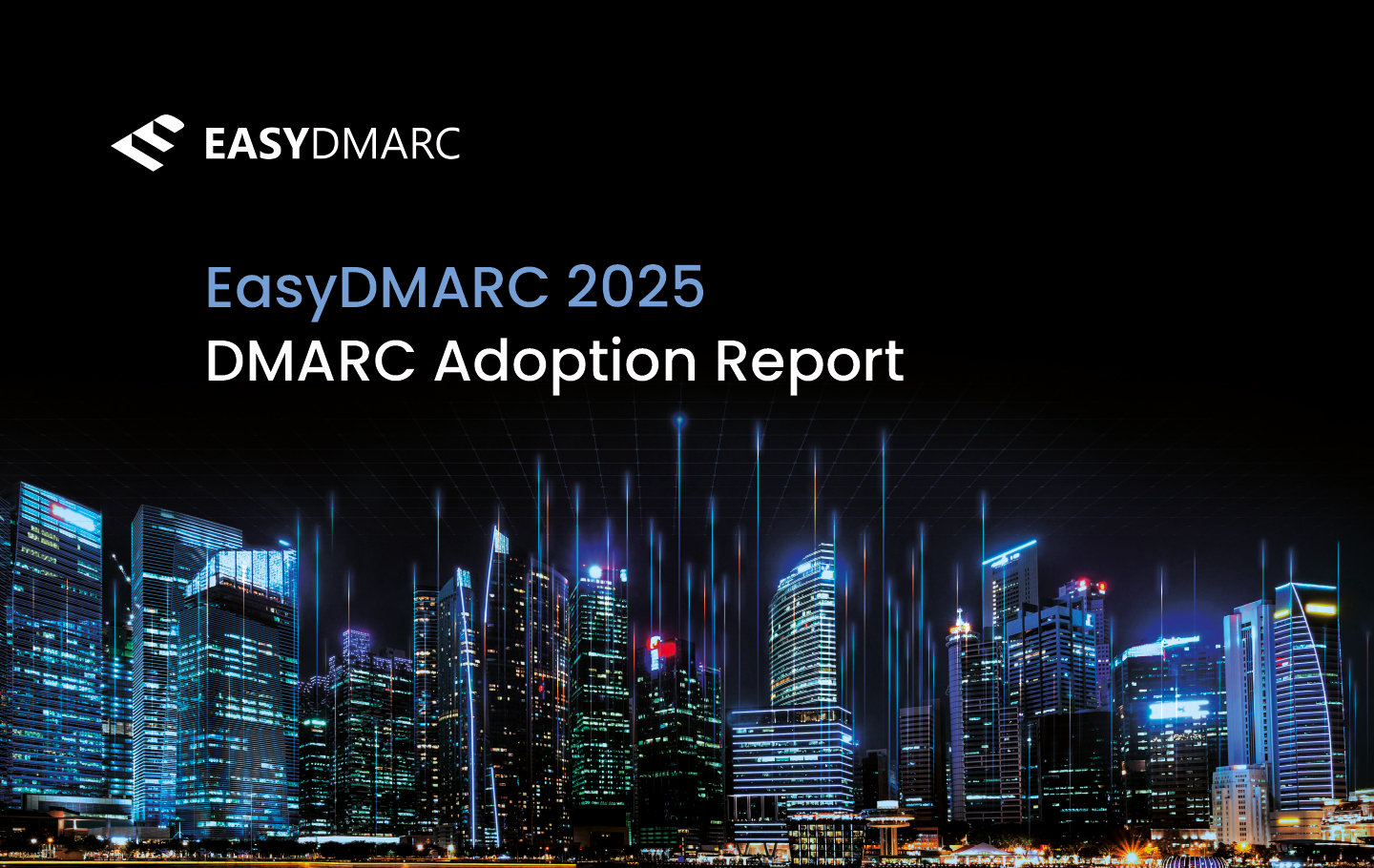If you’re running a business with a heavy presence online, you must consider adopting Data Loss Prevention solutions. The threat landscape in cybersecurity is constantly changing and challenging every organization’s online security. Phishing, malware, and other attacks are a daily occurrence.
Dealing with breaches can be quite challenging and costly. That’s why having a proper Data Loss Prevention (DLP) strategy is crucial.
So, what is a Data Loss Prevention strategy? Put simply, it’s a plan that includes tools and measures to help your business detect and prevent any form of data extraction.
DLP solutions are designed to monitor and analyze your data flow to spot anomalies and fix them, which is key in mitigating malicious cyberattacks.
In the following blog post, we’re looking at how data loss prevention benefits your company and why not having a DLP strategy is a deal-breaker for any data-driven organization.
Identifying the Data Types You Store
One of the first benefits of data loss prevention strategies is that you get to understand your data’s scope in ways you previously couldn’t. Many companies use the hoarding approach, storing every scrap of data on their networks.
With a DLP plan, you can use automated tools that allow you to organize and classify your data repositories. The same tools can help you tag your data based on priority with unique digital signatures.
Data location is another one of the many data loss prevention benefits since proper data identification also lets you know where data is stored. Keeping your data organized gives it corresponding value within your organization.
This can help you understand what data you should keep stored and for how long. It also makes it easier to create concise backups with enough consolidated data to keep your business running in case of an attack.
Knowing Where Your Sensitive Data is and Who Has Access
DLP strategies are designed to give you a vast understanding of your network—to the point of understanding how your systems archive and store every bit of data. You enjoy the data loss prevention benefits when you know the specific location of every single piece of data flowing through your servers. You also get the full scope of who accesses your information and what they do with the accessed data.
If you had to run the pros and cons of data loss prevention, seeing where your data goes is a big plus. Conversely, knowing that your data needs protocols to be correctly categorized is the con. DLP strategies offer a good range of visibility, but it doesn’t mean much if you can’t understand what’s happening. Still, the matter of access helps a great deal in understanding when something goes wrong.
Categorizing New Data with AI
Categorizing and classifying all your data is a challenge and not something you can do manually. With so many variables, it is best to take advantage of your data loss prevention strategy and use AI machine learning algorithms.
This software is designed to run continuous analysis on all data coming in or out of your network, and pinpointing the bits that need protection. You can also set these same mechanisms to send alerts when they detect unusual activity.
Having your data categorized with an AI helps you understand the stored data types. It also helps with the location procedure while moving specific data to its purposed repository. AI algorithms are run by following specific criteria to organize structured and unstructured data. These algorithms need proper configuration or detailed instructions on what to do with every bit of information based on parameters designed by your company.
Providing Visibility to Your Network and Data
One of the most significant business benefits of data loss prevention strategies is visibility. Knowing what’s being done with your data at any moment is the best way to understand when something bad happens.
You appreciate the importance of data loss prevention plans when you can see all actions in your network. Total oversight over who enters your system, what they do inside it, and what data they collect or send offers adequate control.
Having full oversight translates into advantages of data loss prevention. It makes it easier to protect the most sensitive data hubs, such as customer information. You can also keep secure locations for all personally identifiable information, your financial data, and everything concerning your intellectual property.
Shielding Against Insider and Outsider Threats and Data Misuse
Once you have complete visibility of your data and it’s adequately categorized, it’s time to build your defenses. You’ll be thinking about multiple ways to prevent data loss, but you have to choose a system that suits your company based on your industry.
Statistically, certain industries, such as healthcare, reap minimal data loss prevention benefits. This happens because the industry fails to keep up with the security required to protect its data.
Solid DLP plans are built to prevent insider threats, such as disgruntled employees unloading tons of data when they’re terminated. They also offer the tools to build barriers against external threats such as the ones posed by phishing, malware, or ransomware attacks.
A robust DLP strategy always relies on more than one tool to keep your data safe. It begins with something simple, such as using security software (antiviruses, password managers, etc.), to more complex measures, such as training your team on best email security practices.
Keeping an Eye on Your Reputation
One of the most notable advantages of data loss prevention is how it increases your reputation as a trusted brand. Keeping your data secure shows that you take such responsibility seriously.
Any business is as good as its reputation with its clients, vendors, and business partners. With a data leak prevention plan in place, you won’t be making the headlines as another victim of faulty security.
Businesses that fail to implement a proper DLP strategy are easy pickings for hackers. By failing to budget for their cybersecurity, these companies end up spending a lot more money to salvage their reputation after a data breach. Many fail to do so and go out of business. If you’re asking what data loss prevention is and if it’s worth it, you’re talking about the lifeline that keeps your brand reputable and well-positioned in the public eye.
Always Being Ready for Compliance Audits
One of the best data loss prevention benefits is the compliance that comes with keeping your data secured. In the USA, many states have laws regarding data breaches. Data-driven businesses, however, usually try to have a broader market. The General Data Protection Regulation protects large markets in Europe. Failing to comply with their requirements can make your company a target for audits and fines.
A bulletproof DLP strategy helps you build every necessary tech control required for security compliance in large markets. You can keep track of every policy template in your target markets and detailed maps addressing specific requirements. A DLP plan can automate this compliance while helping you collect all data metrics to help improve your engagement strategy.
Final Thoughts
Now that you have a broader understanding of the benefits of data loss prevention, you can see how effectively these plans can prevent cyberattacks. The first and most crucial step is to know where your data is and who has access to it.
Next, implement the best protocol to categorize and classify all the data on your network. This helps you understand what data needs to be stored while optimizing efficiency. Using AI tools bolsters this process, too.
Once your data is organized, it’s time to gain complete visibility. Make sure to know who accesses your data, when, and for which purposes. Your Data Loss prevention plan provides the right tools to keep your data safe from inside threats and cyberattacks.
DLP strategies also strengthen your reputation with clients and business partners. Plus, you’ll stay compliant with laws and regulations in all target markets.


